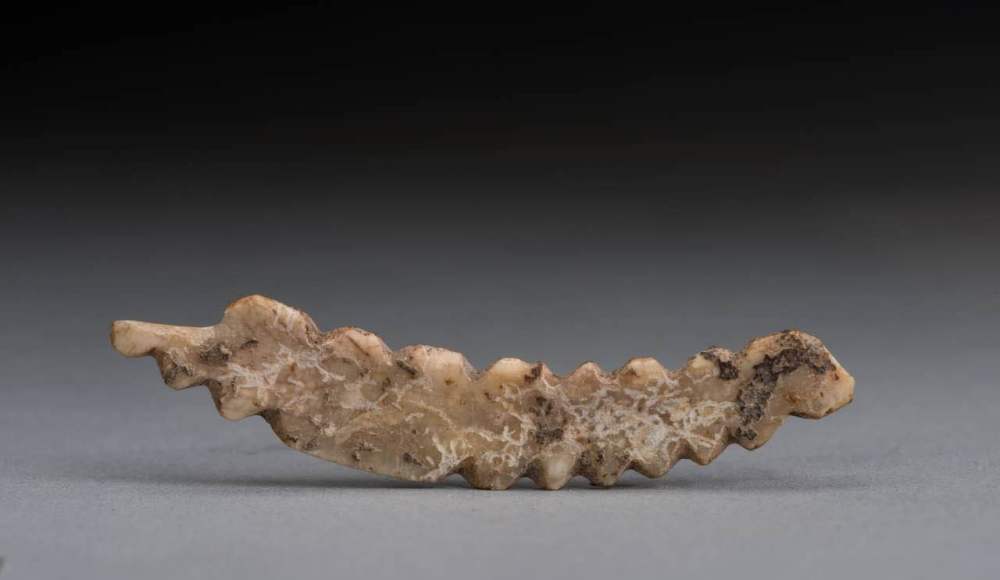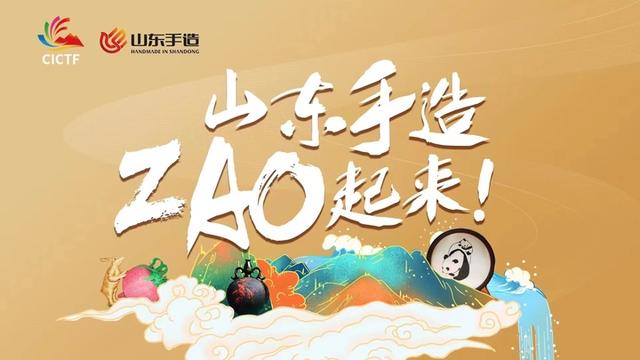The exploration spanning 4500 years from "the Kingdom of Tianfu" to "Tianfu Greece"
Author:Chengdu Daily Jinguan Time:2022.09.24
The autumn wind burst into the layers of rice waves and sent the rice fragrance. On the 23rd, the main venue of the Chinese Farmers Harvest Festival in 2022 launched at the China Tianfu Agricultural Expo Park, Xinjin District. 4500 years ago, it was this land that the ancient Shu people sprinkled the first rice seeds ...
From the "Kingdom of Tianfu" in Wo Ye Qianli to the well -known "Tianfu Greece", from the first rice seeds of the ancient Shu ancestors 4500 years ago to the Yuan Longping Hybrid Rice Science Park carrying the "Hexia Dream of Liang Liang". The people use wisdom to empower agriculture and use science and technology to develop agriculture.

Baodun to Jinsha
Ancient Shu people improved rice agricultural technology

The farming civilization has a profound impact on the Chengdu Plain. "Huayang Guozhi · Shu Zhi" records: "After the king said Du Yu, teach private and peasants." One of the five ancestors of the ancient Shu, Du Yu, personally taught people to work farming. But the history of the ancient Shu people is much earlier than this.
About 4700 years ago, the ancestors of Yingguanshan entered the Chengdu Plain from the Western Sichuan Plateau and opened the historical curtain of the Chengdu Plain rice planting. In 2021, the Chengdu Institute of Cultural Relics and Archeology announced the latest field archeological excavation results of Baodun Site. For the first time, the Baodun site found the rice field site 4,500 years ago. This is also the earliest rice field discovered by the Chengdu Plain so far.
In the previous plant archeology, the Pao Dun site also found carbonized rice, crickets, millet and other plant relics 4,500 years ago. Until the early Sanxingdui culture, the agricultural economic structure of Chengdu Plain, represented by Baodun Culture, was mainly rice, with a small amount of millet and crickets.
Dipping stars, changes in time, or on this warm climate and fertile soil. In the Sands site during the Shang and Zhou dynasties, today people have once again discovered the existence of grains similar to the rice -made agriculture of Baodun. Increased.
Experts believe that this proves that in thousands of years, the ancestors of the Chengdu Plain have continuously accumulated experience in the planting of rice, enhanced technology, and improved the technology of rice agriculture.
From Baodun site to Jinsha site, the ancient Shu ancestors have understood the principle of "technology is the first productive forces".
Water conservancy
Chengdu Plain canal
"Yu Guanshu's mountains and rivers and their pictures, those who can be in Jiuqiu, cover into water conservancy to guess, their country is endless." The true meaning of Chengdu's farming civilization has stretched for thousands of years: born of water and flourishing by water.
After Qin and Shu, due to strategic needs, the development of Shu land was accelerated. Shu County Po Bing presided over the construction of a well -known large -scale comprehensive water conservancy project, Dujiangyan, which solved the problems such as flood control and irrigation that plagued the people of Shu Land.
Due to the construction of Dujiangyan, during the Qin and Han dynasties, the Chengdu Plain became a "kingdom of Tianfu". However, this name can be called for more than two thousand years, and it needs to be attributed to the age repair system of Dujiangyan.
Since the completion of Dujiangyan, the year -on -year repair system has been undertaken by future generations. Under the guidance of the guidelines of "Deep Tao Beach, Low Dan Weir", people should be tapped as deeply as possible to accommodate the mud in Hanoi to accommodate more rivers.
According to historical records, Dujiangyan's regular years will be carried out every year. There will be large -scale repair every few years, and special cultivation will be performed in special circumstances.
During the Western Han Dynasty, Wen Weng "passed through the mouth of the river, irrigated the thousands of hectares of Fantian", which increased the area of the Dujiangyan irrigation district. Two counties; during the Qing Dao Guang years, Dujiangyan was "spoiled properly" and could irrigate farmland in 14 counties ...
In addition to the construction of Dujiangyan, the people of all ages have also built many water conservancy projects. In the Tang Dynasty alone, there were Xinyan (later known as Tongjiyan) hosted by Zhang Qiu and Qiong, and Liu Yi opened the water outlet from the Lijiang Bank near Tangchang Town, Jindu District. Diversion water, and conform to the tributaries of Laoukou Weir (now Pengzhou Pass), irrigating farmland in Tangchang Town and Jiuwan, southwest of Pengzhou.
It is precisely due to the construction of Dujiangyan and series of water conservancy projects, coupled with the maintenance of the people of water conservancy projects in the past, the water flood in the Chengdu Plain has effectively decreased, and the continuous development and prosperity of farming civilization.

Eastern Han Dynasty
Chengdu people began to 绿 green fertilizer in the paddy field
Ancient Chinese agriculture relied on the day and did not have high productivity. To increase the production of crop, fertilization became one of the important means.
According to the "Chengdu Chronicle · Agricultural Chronicle": During the Eastern Han Dynasty, Chengdu people have begun to slate green fertilizer in the paddy field. During the Wei, Jin and Northern and Southern Dynasties, in addition to using wild green fertilizer, it also developed into artificial cultivation of green fertilizer.
"Qi Names" records: "The method of Fanmeida, mung beans are above, and small beans and flax are caused." In other words, people began to be human -planting green fertilizer plants.
In addition to "green fertilizer", the Shu people also have Wo Di secret weapons -Dujiangyan Water Conservancy Project.
The Minjiang River carries a large amount of sediment every year into the Chengdu Plain, but due to the powerful sand exhaust function of Dujiangyan, a large amount of sand and stones are discharged from the outer river. After the Neijiang water carried fine sand into the irrigation area, while the various types of canal projects ensured smooth drainage, the sediment of suspended motion in the water flow evenly to the irrigation area, so that the soil of the farmland was continuously updated and fertile.
Therefore, the farmland in the Dujiangyan irrigation district is not like other areas in history. It is necessary to replace the soil from the field from the field. Even if the fertilizer is less, the land in the irrigation area also has fertilizer, and it can stabilize the production and high yield. Essence

Unique in the country
Science park named after Yuan Longping
Lvye Pingchou, the river canal interlaced, Wo Ye Qianli, many people are rich ... The Chengdu Plain has become an important center of China's high -level agricultural development. Chengdu has also become an important material behind, and has contributed to the establishment of the unified regime in the dynasty and the stability of the country. The country has no agriculture, and farmers take seeds first. Academician Yuan Longping, the "father of hybrid rice", has two dreams: one is the dream of Liangxia, and the other is hybrid rice covered the global dream.
In 2005, Yuan Longping built a test field in the Dudu District of Chengdu -Yuan Longping Hybrid Rice Science Park.
In 2007, Yuan Longping's two -series hybrid rice was successfully tried in Chengdu, with an average yield of 729.05 kg per mu; in 2011, the rice varieties selected by the Chengdu branch center were 980 kilograms per mu, setting a record of the highest rice yield of rice in the country. In 2012, Chengdu Branch Center Center Center, Chengdu Branch Center It was also selected for the first two -series hybrid rice varieties in Sichuan. In 2021, Sichuan's annual output of grain reached 71.6 billion kg, an increase of 6.2 billion kg in ten years, and the new output was available for 17 million people for one year.
Tibetan grain is on the ground, and the food is hidden in skills. Chengdu is focusing on building a modern seed industry and accelerating the construction of a strong chain of the modern breeding industry. The system is guaranteed, technology is helped, intelligent cultivation, digital management ... Looking at the Wo Naita Chou, the story of Tianfu Greece is continued.
Chengdu Daily Jinguan News Reporter Bai Yang Intern reporter Huang Xuelong some data sources Fang Zhi Zhi Zhi Chengdu Editor He Qixie Intern Editor Lu Yarui Pictures According to Fang Zhi Chengdu Baodun Site Archaeological Workstation Li Dong
- END -
[Chinese Story] Yellow River Culture in Cultural Relics

From September 1st to 4th, the ninth China Museum and related products and technic...
Shandong Shouzheng ZAO Get up | "Mudeline Ancient Painting" out of the circle, two -dimensional national treasure transformed into three -dimensional clay sculpture long rolls to stop

Shandong Academy of Arts and Crafts, the first Revitalizing Traditional Technology...